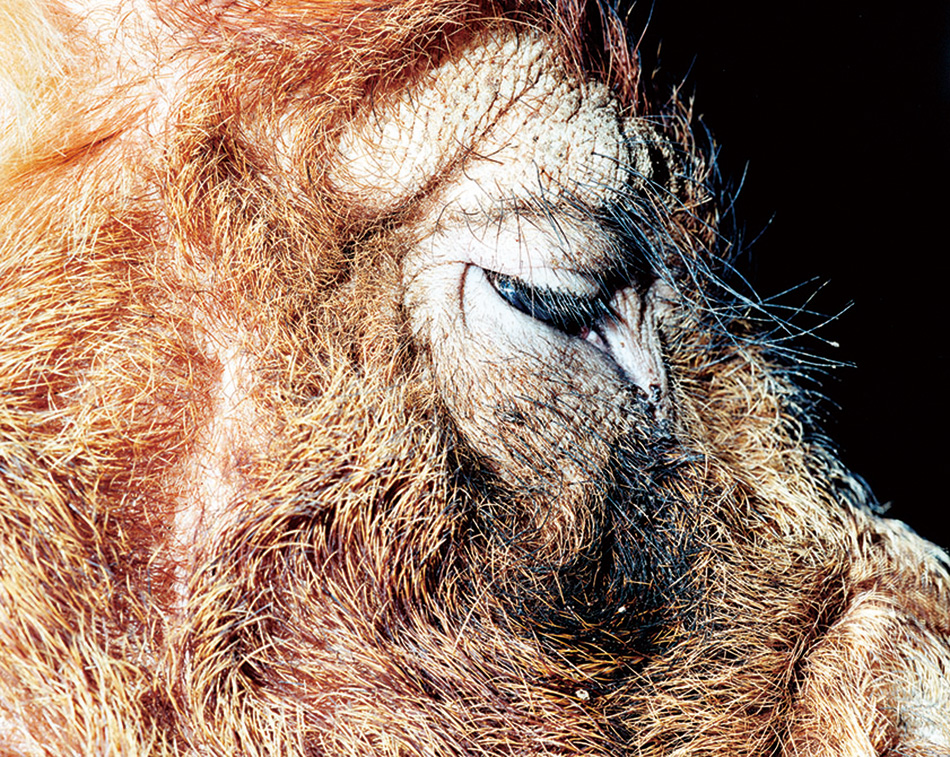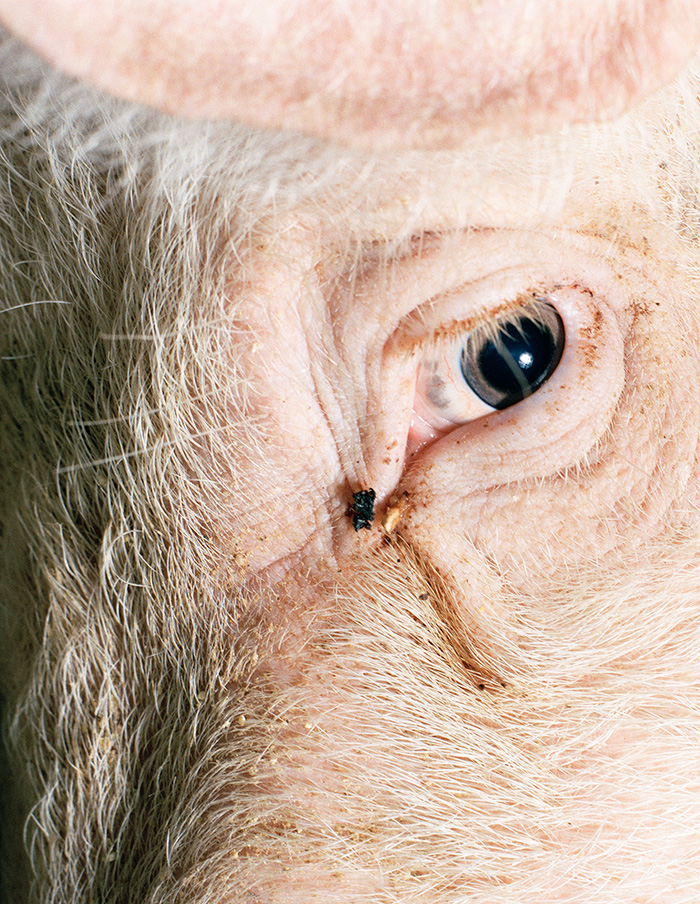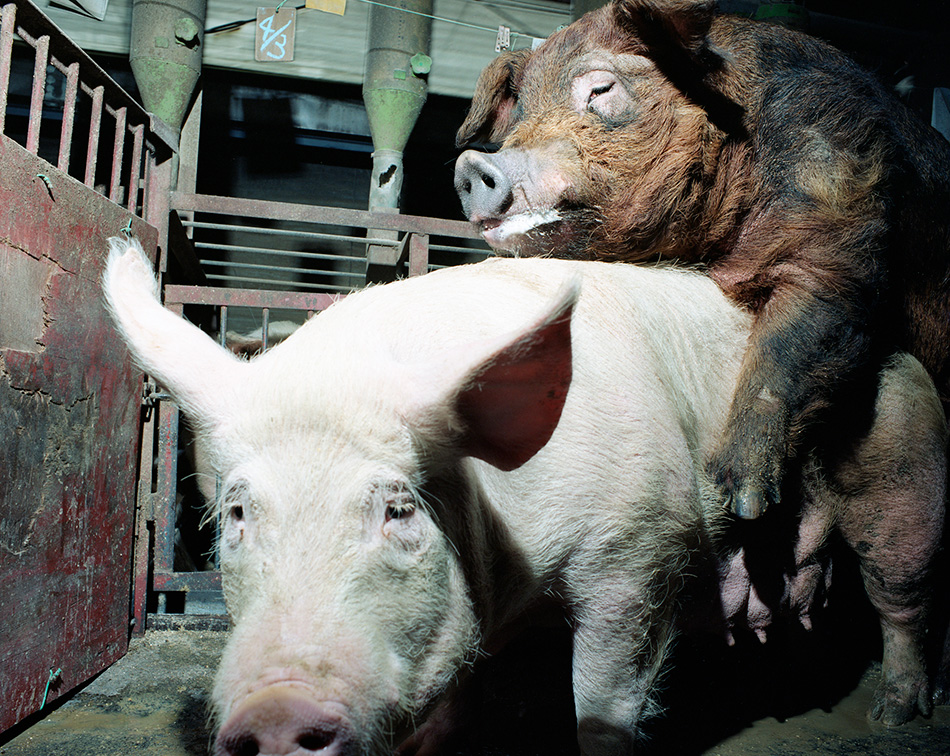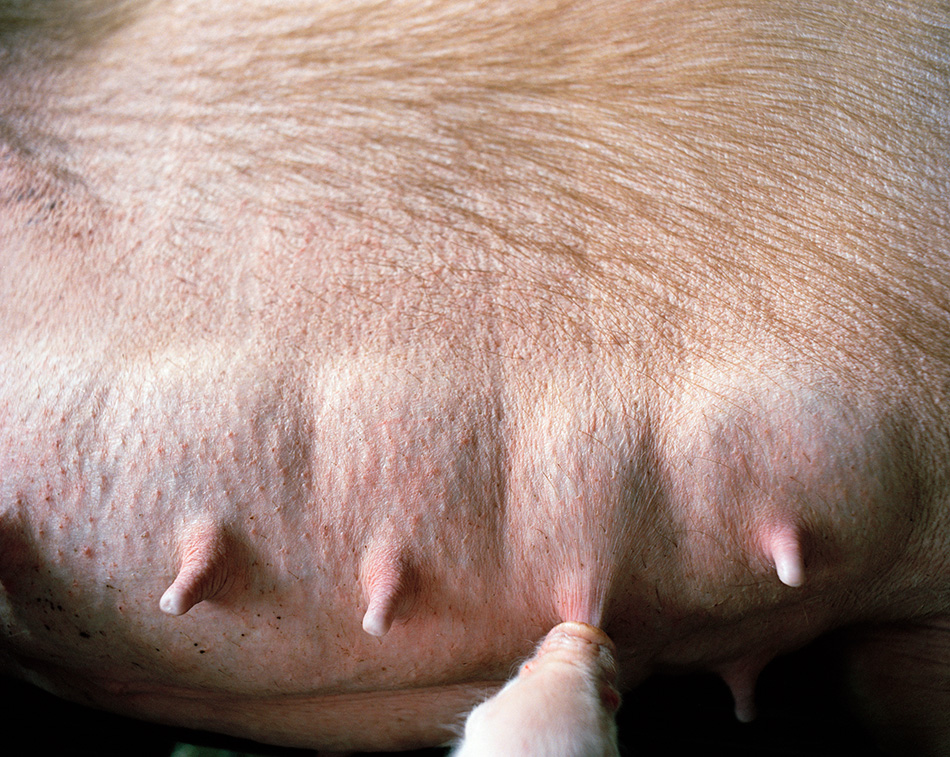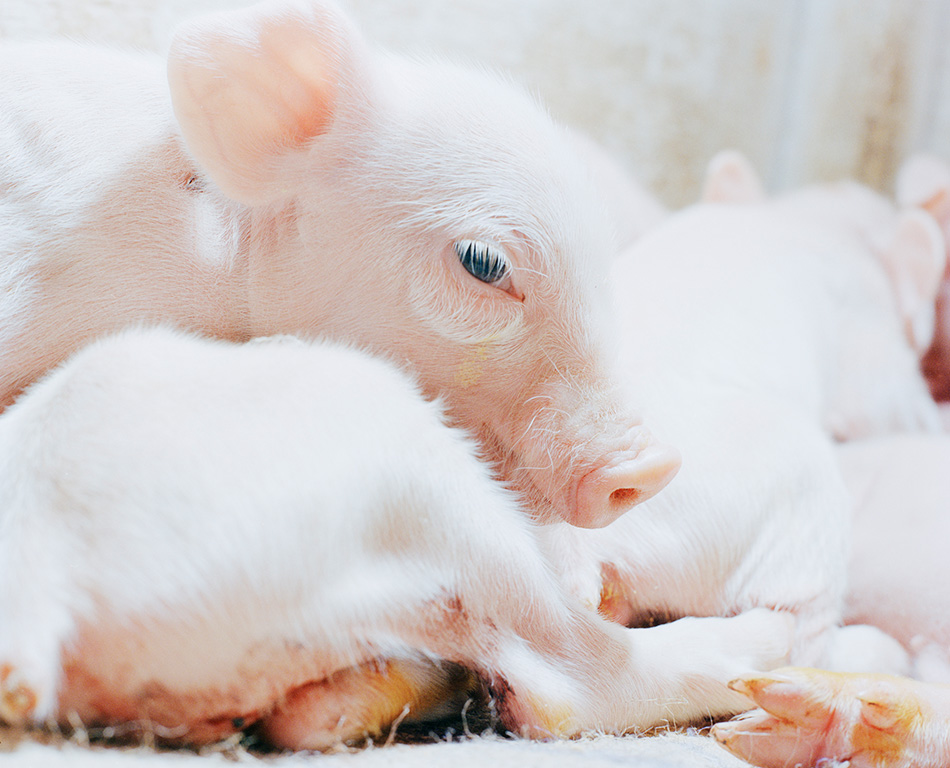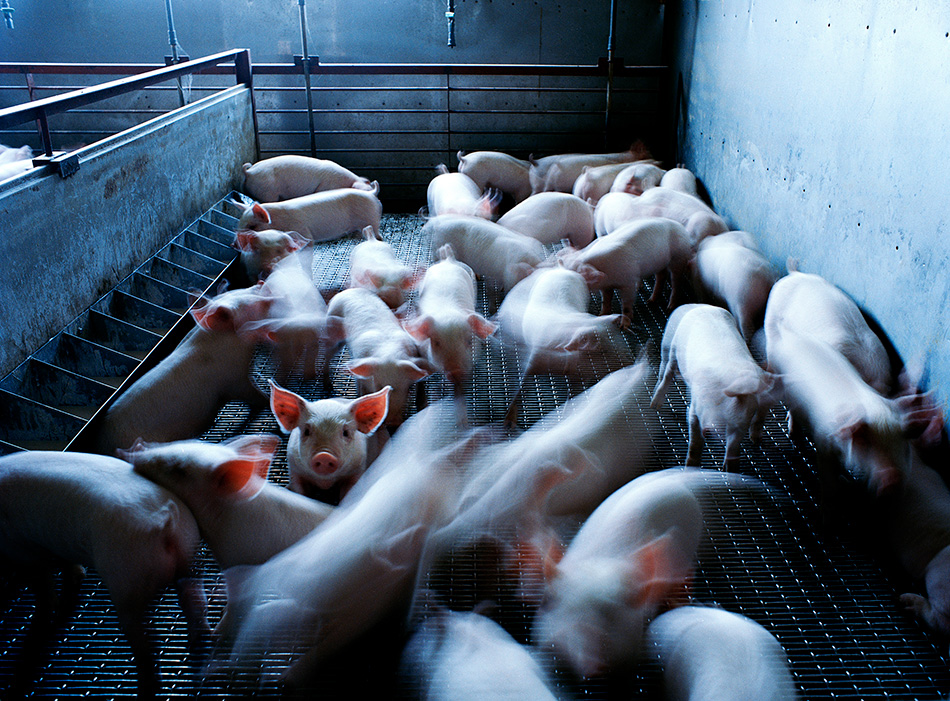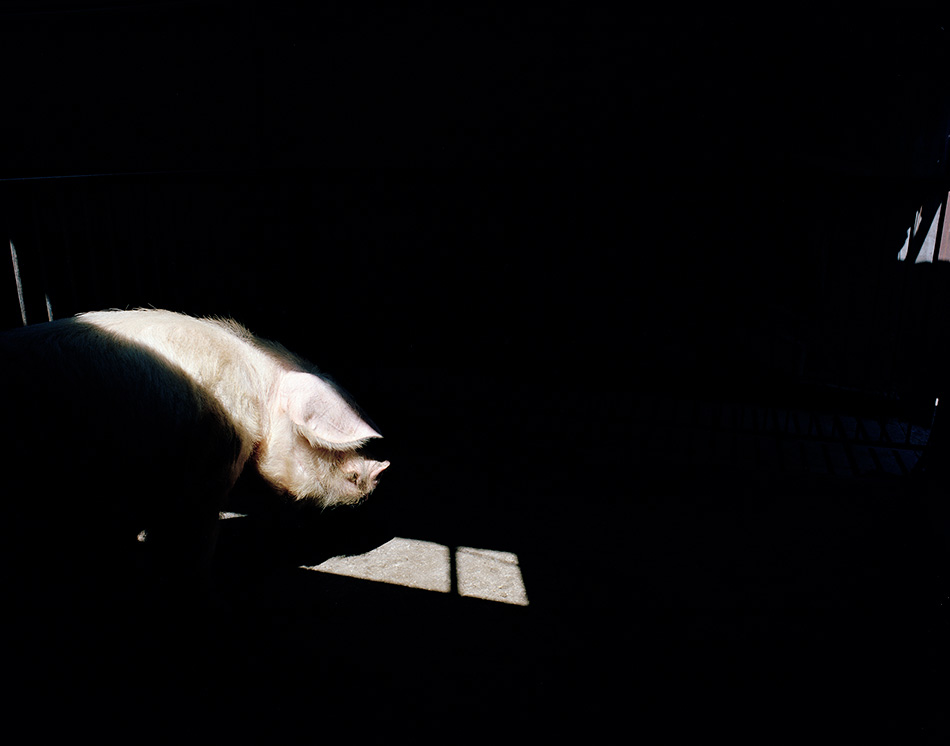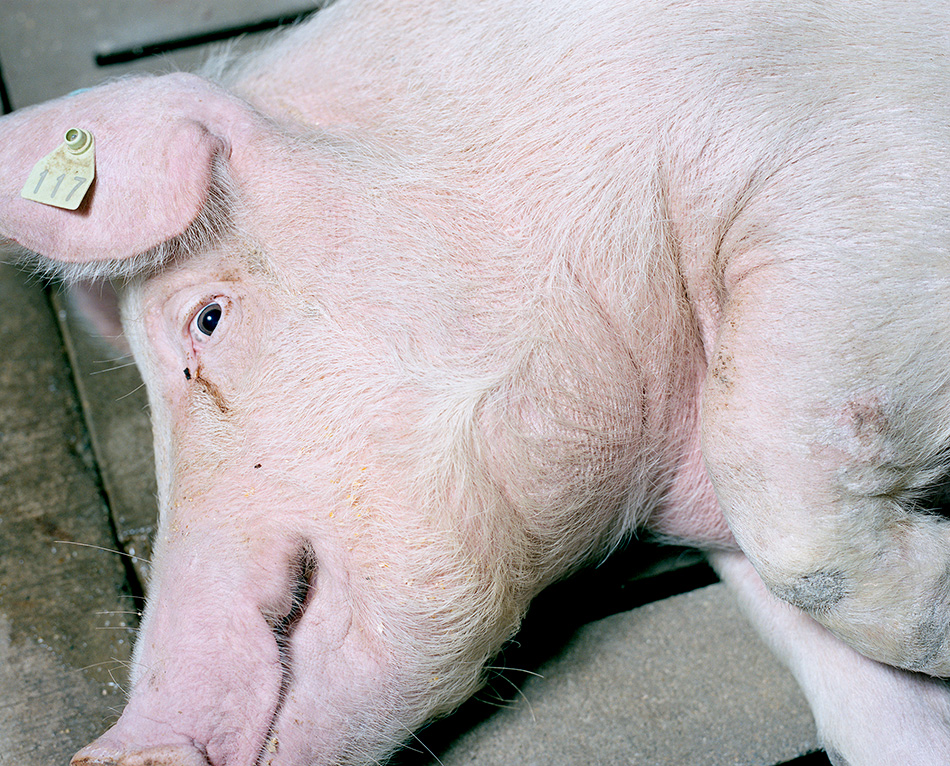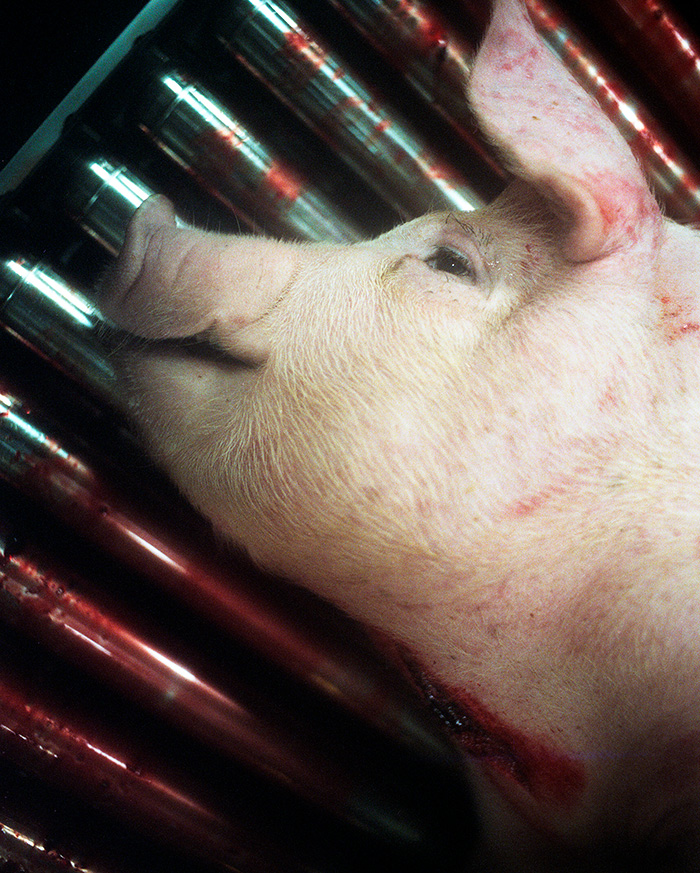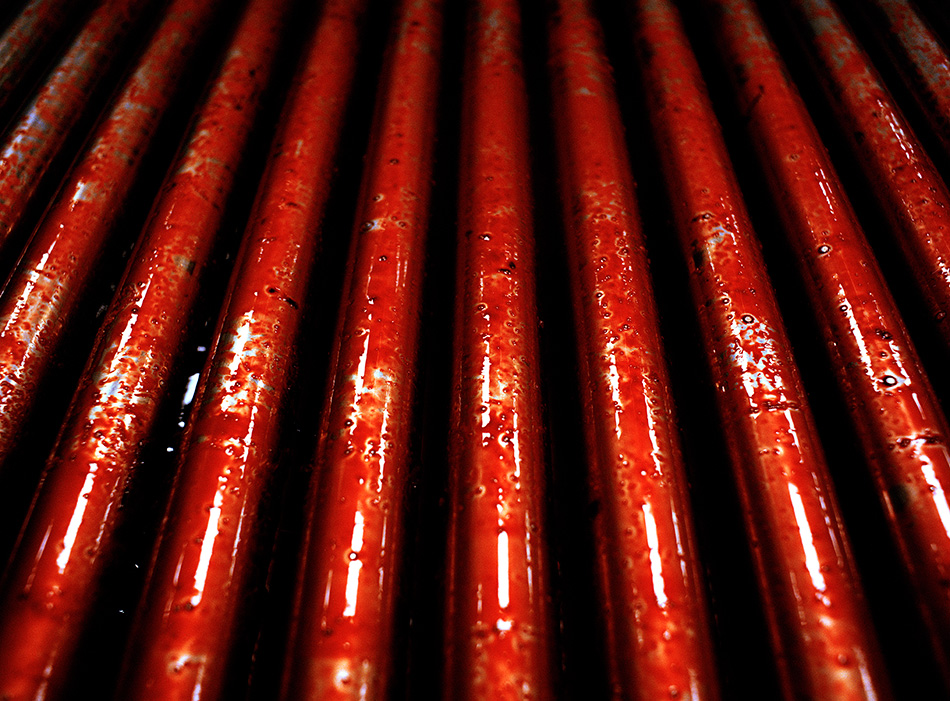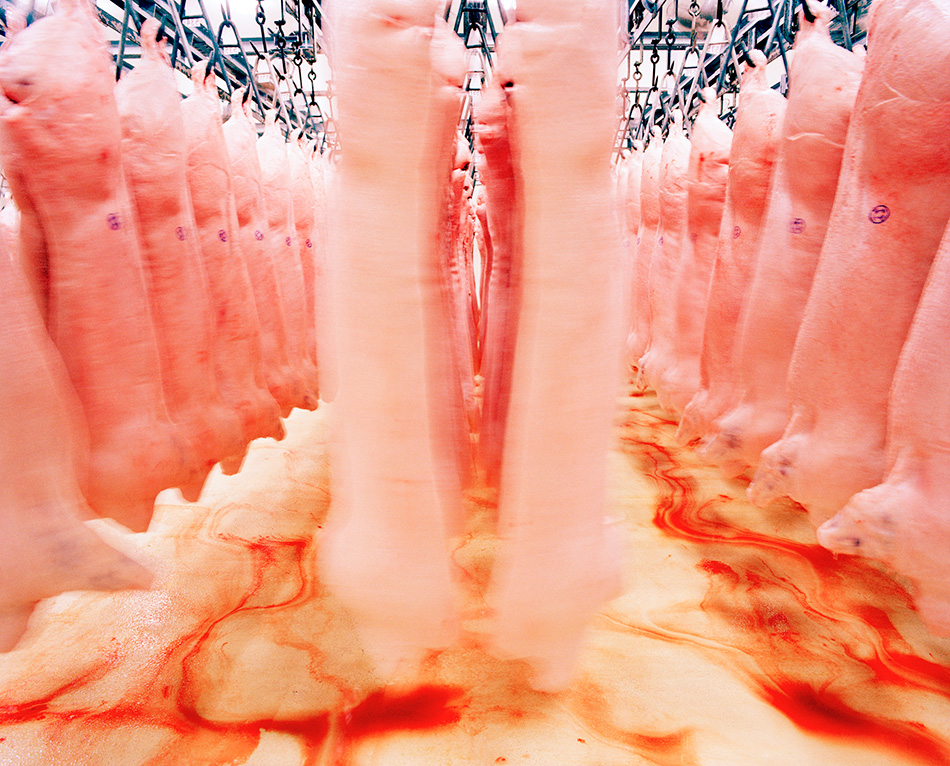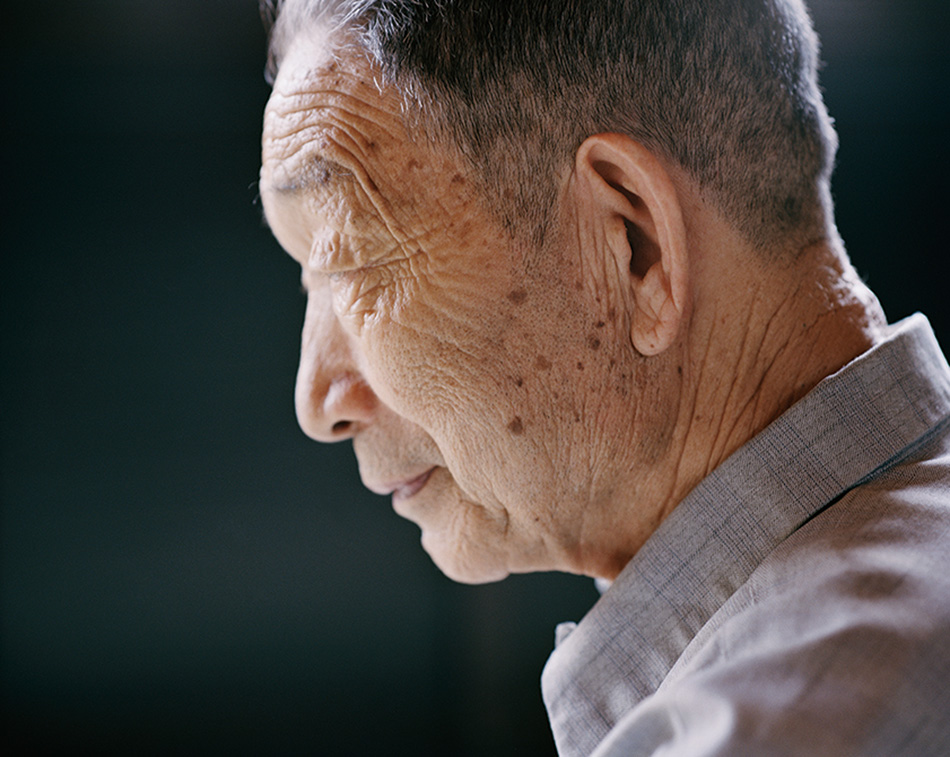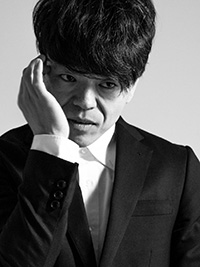
渡辺一城
WATANAVE Kazuki
1978年新潟県燕市生まれ。東京工芸大学芸術学部写真学科卒業。大学1年の時に、(有)臼井農産の豚に出会い撮り始め、以後ライフワークとなる。2010年、写真家3人と共同写真事務所、4×5 SHI NO GOを設立。2013年、B GALLERY(新宿/BEAMS JAPAN)にて個展「豚」を開催。同作品の写真集「人」を出版した(発行:4×5 SHI NO GO)。2014年、故郷の燕市産業史料館にて「豚」の凱旋個展を開催。2016年、燕市の伝統工芸である「鎚起銅器」の図録撮影を手掛け、同年9月、燕市産業史料館にて個展「鎚起銅器」を開催。作品は清里フォトアートミュージアム、燕市産業史料館にパーマネントコレクションされている。
Born in 1978 in Tsubame City, Niigata Prefecture, WATANAVE Kazuki graduated from Tokyo Polytechnic University, Faculty of Arts at the Department of Photography. When he was in his first year of university, he started taking pictures of pigs at Usui Nosan Co., Ltd., which became a life project. In 2010, together with three other photographers, he founded the joint photo office "4x5 SHI NO GO". In 2013, he held the solo exhibition "Buta" at B GALLERY (Shinjuku / BEAMS JAPAN) and published the corresponding photo book "Hito" (publisher: 4x5 SHI NO GO). In 2014, he held a solo exhibition of "Buta" at the Tsubame Industrial Materials Museum, located in his hometown. In 2016, he took photographs for the record of "Tsuiki Copperware", which is a traditional craft of Tsubame City, and held the solo exhibition "Tsuiki Copperware" at the Tsubame Industrial Materials Museum in September of the same year. His works are part of the permanent collection of Kiyosato Museum of Photographic Arts and Tsubame Industrial Materials Museum.
www.kazukiwatanave.com
それから年月を経て、神奈川県厚木市にある写真の大学に進学することになった。 大学のキャンパスは、日によっては養豚場の臭いが鼻を突くような立地にあった。 その臭いは決して心地よいと言えるものではないが、どこか懐かしさを感じた。 私は自ずとその臭いに誘われるように、カメラを持って養豚場に行っていた。 そこには未知の光景が広がっていた。 幼少の頃から豚=豚肉として刷り込まれていたものが、 実は生きているという当たり前のことを初めて実感したのである。 初めは豚のインパクトに圧倒されてばかりだったが、撮影を重ねて行くにつれて 豚の営みの中に人の営みが見えてくるようになっていった。 ひいては私の家族や自分自身までもが垣間見えるようになってきたのである。
豚は生まれて来る理由も分からぬまま、生後6ヶ月で肉にされる。 私はなぜ人として生まれ、精肉店の孫として育ち、故郷から遠く離れた地で豚を撮影することになったのか。 理由は分からないが、きっと豚と同じように決められた運命だったに違いない。
My grandparents ran a butcher shop named Kasahara in the town of Tsubame, in Niigata Prefecture. From a young age I watched my grandfather removing pigs' heads and cutting their meat. It was as mundane and common as seeing my mother cut vegetables.
Years later I wanted to study photography and ended up at a university in Atsugi, in Kanagawa Prefecture near Yokohama. On campus you could clearly sense the smell that wafted in from a nearby pig farm. Though you could hardly call it pleasant, to me this odor was somehow nostalgic. Drawn there almost intuitively, I took my camera and began visiting this farm, discovering a sight I had never seen before. Given the circumstances I grew up in, I had always taken for granted that pig equals pork. Now, for the first time, I consciously realized that pigs are also living creatures. The spectacle overwhelmed me at first, but as I continued to take pictures, I began to notice human life reflected in the lives and personalities of these animals. Eventually, I even saw glimpses of my family and of myself.
A pig doesn't understand the reason why it is born, but it will become meat at six months of age. Why did I come to be born a human being, a butcher's grandson who would wind up photographing pigs far from his hometown? I don't understand the reason, but I believe destiny chose me the same way it chose the fate of those pigs.
Kazuki
